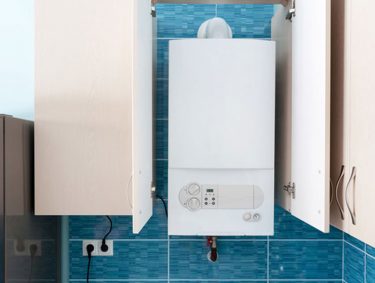At what temperature and pressure are the taps tested ?
Pressure and temperature tests for sanitary fittings are carried out in accordance with the relevant standards and certifications. The temperature and pressure used to test the valves will depend on their use and the purpose of each test.
SOMMAIRE
Sanitary fittings on the test bench
Comfort and safety
There are different levels of quality among mixer taps, thermostatic mixer taps, mixing taps and single taps. The quality of pipes, hoses, handles and materials is obviously a quality criterion, but not the only one.
The flow rate and temperature of the taps are important elements in terms of comfort. Sanitary fittings must be able to function precisely and safely – especially with regard to the risk of scalding.
Fittings must also be able to withstand a lot of stress.
Compliance with standards and certifications
The NF Certification mark affixed to sanitary fittings is an essential criterion for choosing products.. A NF Robinetterie Sanitaire certified tap is a guarantee of using quality products that comply with standards and regulations. The NF Sanitary fitting mark guarantees that the taps have been tested under the most extreme conditions of use encountered in daily life. For both the tap supplier and the consumer, this proof of conformity is a guarantee of quality and performance.
o comply with quality standards and certifications, sanitary fittings are tested on test benches (or test bench) before and/or after marketing. These tests measure the hydraulic performance of all types of taps or sanitary equipment: simple taps, thermostatic taps, mixers, valves, hoses, pipes, etc.
The pressure and temperature used to test the mixers vary according to the type of valve and the type of test performed.
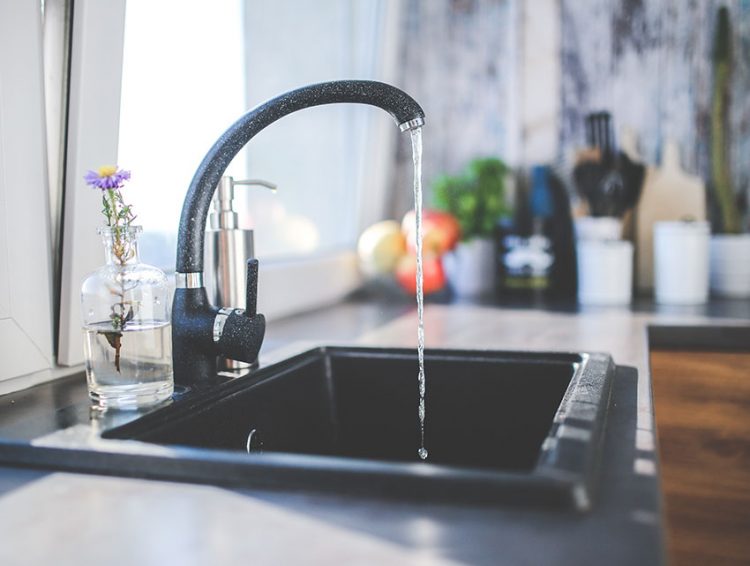
Pressure resistance tests
To test sanitary fittings, different pressures are used depending on the purpose of each test and the use of the fitting..
What is the difference between pressure and flow?
The pressure and flow rate of the water that arrives before the meter depends on the public network.
- The flow rate represents the volume of water that flows through the pipes over a given period of time. Expressed in litres per second (L/s), litres per minute (L/min) or cubic metres per hour (m3/h), the flow rate is proportional to the speed of water circulation and the diameter of pipes, fittings, valves and taps.
- Domestic water pressure is the force exerted by the water on the pipework. Expressed in bars, this pressure is generally set at 3 bars by the water company. A pressure of 3 bars is normally sufficient to supply a two-storey house.
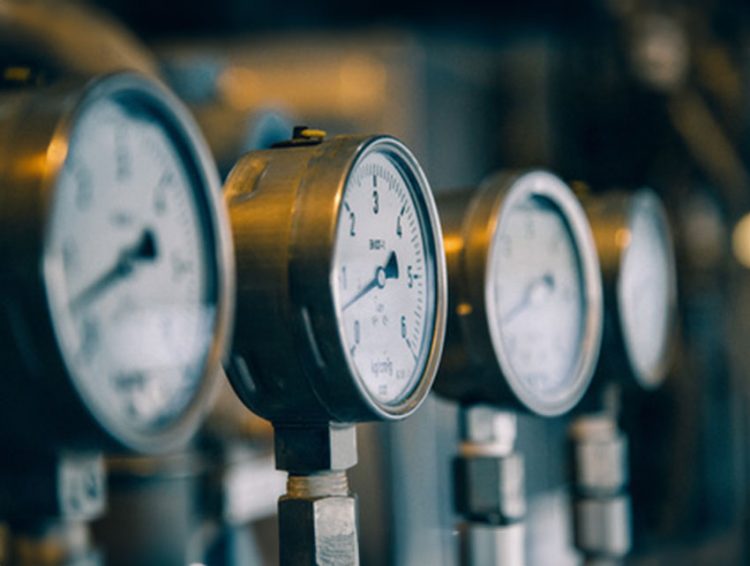
Water pressure depends on the distance between the water tank and the tap system. The water pressure of a house located, for example, up a hill will be lower than that of a house located downhill. Most water supplies are gravity fed to a lower point to give a stronger flow.
Gravity feed systems work in the same way as the water supply in your home. The pressure is measured by the effective height between the tank and the tap. If the taps are two metres below the tank, then it is a low pressure system (0.2 bar).
Types of taps
The NF EN 200 standard specifies the characteristics and technical requirements applicable to single and mixing valves. It specifies the scope of application of valves according to 2 types of supply:
- Type 1: the pressure range is from 1 to 5 bar
- Type 2: pressure range from 0.1 to 2 bar
To check the operation of the valves, the pressure exerted differs according to the type of valve. Type 1 valves are tested at 3 bar while Type 2 valves are tested at 0.5 to 0.7 bar.
Do you have a project ? Contact our test bench experts
Pressure and temperature depending on the type of test
The pressure and temperature used to test mixing valves also varies depending on the type of test being carried out. The main tests used for sanitary fittings are the following:
Leak test
- Objective: To locate leaks in a tap
- Pressure: 16 bars upstream of the valve / 4 bars downstream of the tap
- Temperature: Below 30°C
Pressure resistance test
- Objective: To check the mechanical strength of the valve body
- Pressure: 25 bars upstream of the obturator / 4 bars downstream of the obturator
- Temperature: Below 30°C
Alternate Pressure Testing
- Objective: To check the resistance to alternating pressure stresses
- Pressure: Up to 50 bar / 200 cycles
- Temperature: Below 30°C
In alternating pressure testing, fittings are subjected to a specified variable internal hydraulic pressure for a specified time or until failure. The fittings are preconditioned and held for the duration of the test at a specified temperature. As sanitary fittings are subject to significant pressure variations due to the closure of other installed devices (washing machine solenoid valve, flap, etc.), the pressure peak can reach 50 bar / 200 cycles in a row every second.
Performance test
- Objective: To check the hydraulic performance according to different criteria: flow rate, sensitivity and setting accuracy
- Pressure: 3 bars
- Temperature: 15°C in cold water / 65°C in hot water
All performance and endurance tests on the valves are carried out at a pressure of approximately 3 bar at nominal. Afterwards, the valves are subjected to a variation in pressure depending on the tests to be performed: from 2 to 4 bar in most cases.
The temperature used for the performance tests and most of the endurance tests corresponds to the actual temperature of use, i.e. approximately 15°C in cold water and 65°C in hot water.
Good to know: The decree of 30 November 2005 sets the setting temperature for hot water production systems at between 55°C and 60°C in order to limit the health risks associated with the possible proliferation of bacteria, to limit energy and water consumption, and to limit the risks of burning.
f you would like to know more about the tests carried out on test benches, read our article on the different test points of a sanitary tap.
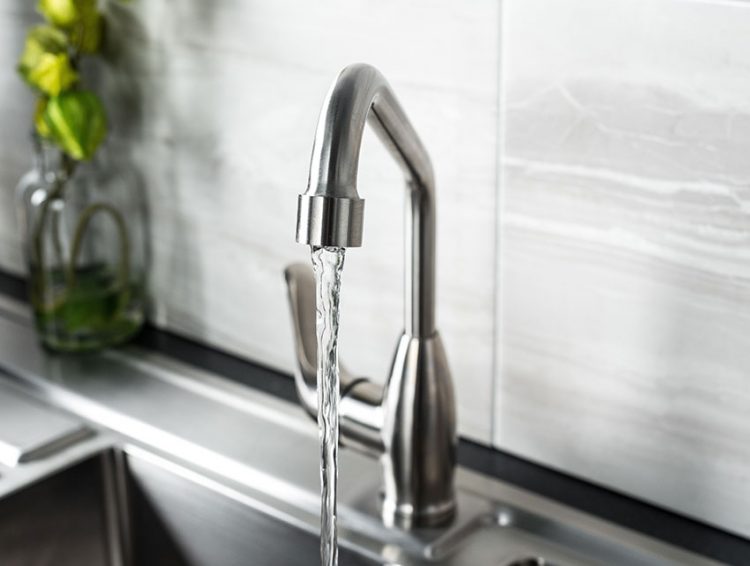
Discover other articles and tips

What methods are used to test pipes in the building industry?
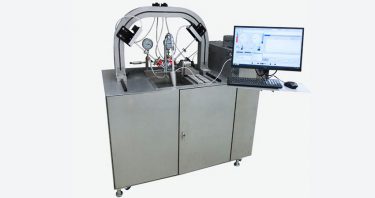
Who are the test benchusers?
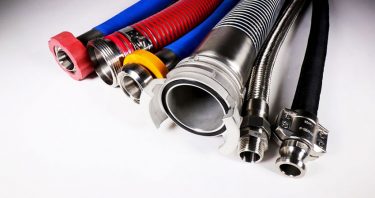
What are the most important tests on sanitary hoses ?
